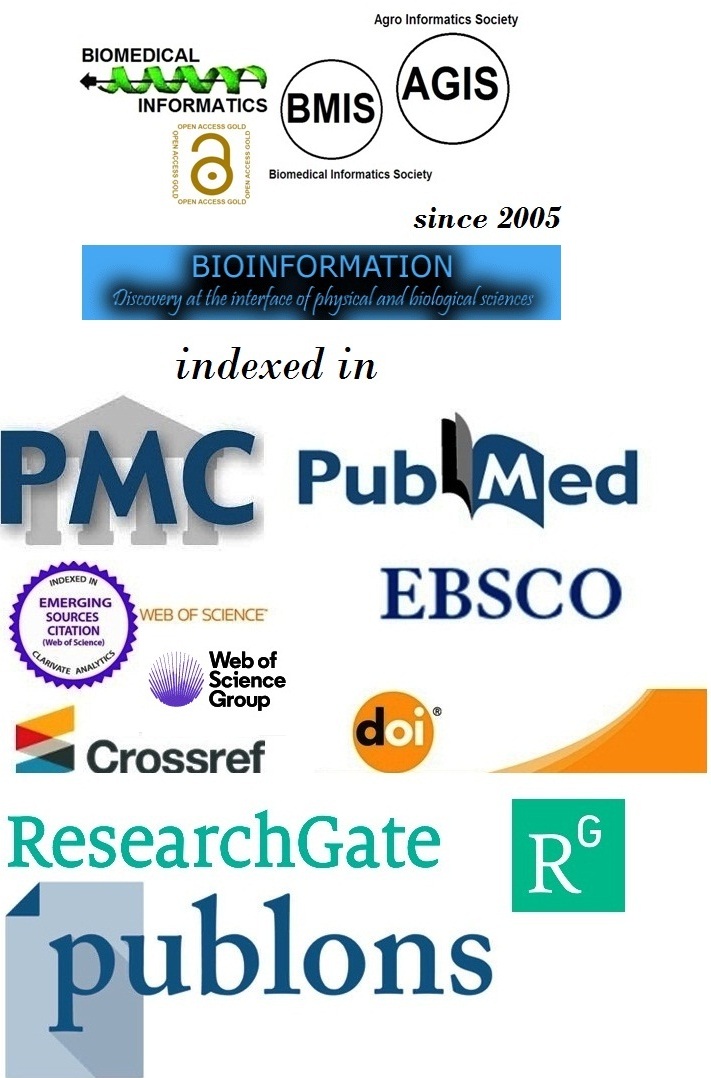Title
Piezoelectric and conventional rotary techniques for mandibular impacted third molar extraction: A comparative study
Authors
Kuldeep Pal1,*, Swati Tiwari2, Sumit Patidar3, Rashmi Rai4 & Anurag Tripathi5
Affiliation
1Department of Oral & Maxillofacial Surgery, Pal Hospital, Sagar, Madhya Pradesh, India; 2Department of Oral & Maxillofacial Surgery, Dr. Mudgal's Sparsh Hospital and Research, Centre, Gwalior, Madhya Pradesh, India; 3Department of Oral & Maxillofacial Surgery, Head & Neck Cancer, Reconstructive and Cranio-Maxillofacial Surgeon, Consultant at OraMax Clinic, Indore, Madhya Pradesh, India; 4Department of Oral & Maxillofacial Surgeon, Balco Medical Centre, Raipur, Chhattisgarh, India; 5Department of Oral & Maxillofacial Surgery, Clinic Oramax Dant Chikitsalaya, Bilaspur, Chhattisgarh, India; *Corresponding author
Kuldeep Pal - E - mail: kulpals@gmail.com
Swati Tiwari - E - mail: drswatitiwari@hotmail.com
Sumit Patidar - E - mail: dr.sumitpatidar00@gmail.com
Rashmi Rai - E - mail: drrashmi29@gmail.com
Anurag Tripathi - E - mail: dr.anuragtripathi2008@gmail.com
Article Type
Research Article
Date
Received April 1, 2025; Revised April 30, 2025; Accepted April 30, 2025, Published April 30, 2025
Abstract
Surgical extraction of impacted lower third molars exists as a popular operation performed on the oral cavity. Piezoelectric surgery presents itself as an emerging minimal-invasiveness treatment option compared to traditional rotary instruments, which have been commonly used. Therefore, it is of interest to compare the clinical efficiency, postoperative outcomes and patient satisfaction between piezoelectric and conventional rotary techniques. The study evaluated two parameters: surgical time and postoperative pain, as measured by VAS scores, along with swelling severity, trismus development and healing rates during a 7-day assessment period. An extended period of surgery using piezoelectric techniques yields better post-operative outcomes than traditional rotary techniques, characterized by reduced pain levels and swelling, as well as improved functional restoration.
Keywords
Mandibular third molar, piezoelectric surgery, rotary instruments, postoperative pain, oral surgery, minimally invasive extraction
Citation
Pal et al. Bioinformation 21(4): 699-702 (2025)
Edited by
Vini Mehta
ISSN
0973-2063
Publisher
License
This is an Open Access article which permits unrestricted use, distribution, and reproduction in any medium, provided the original work is properly credited. This is distributed under the terms of the Creative Commons Attribution License.
